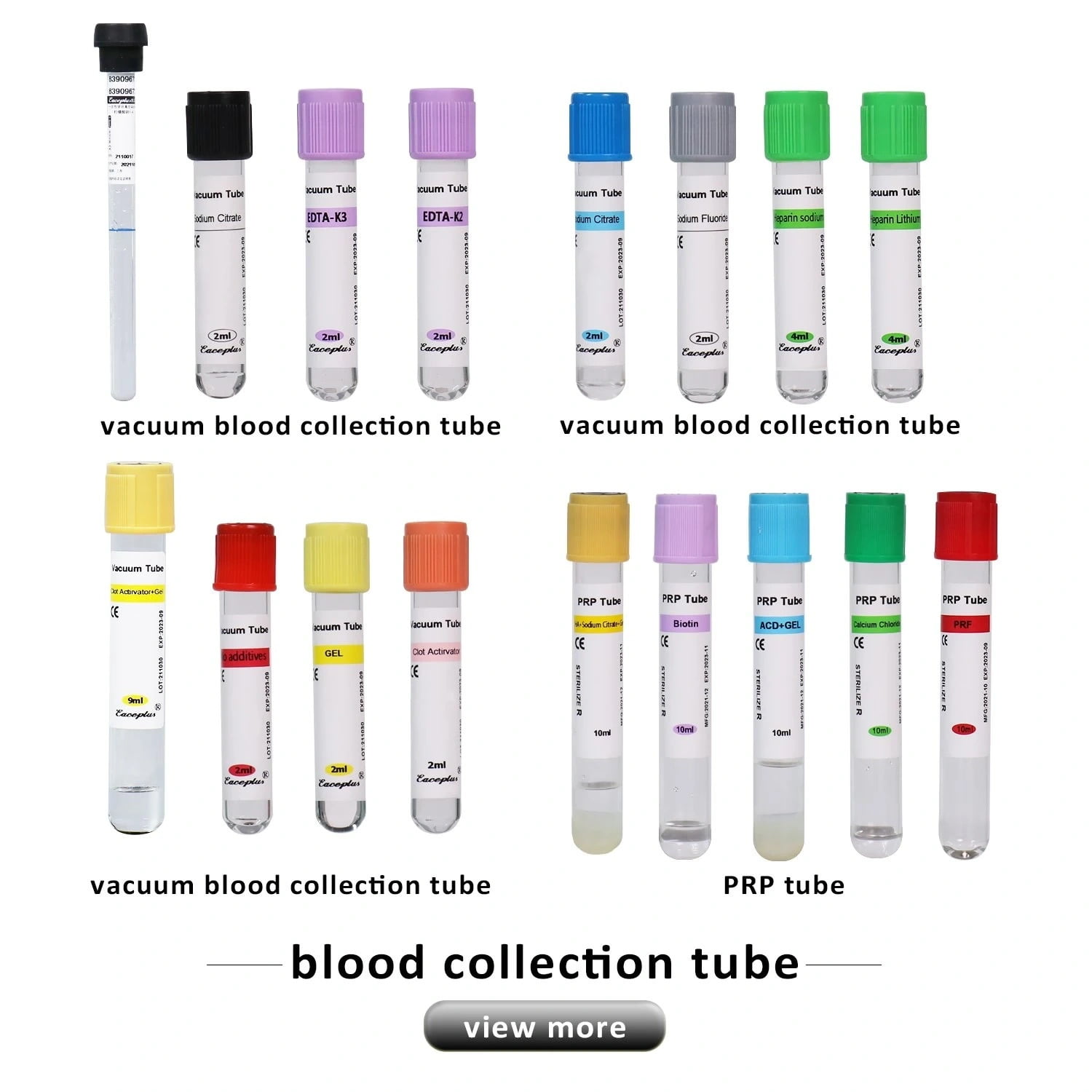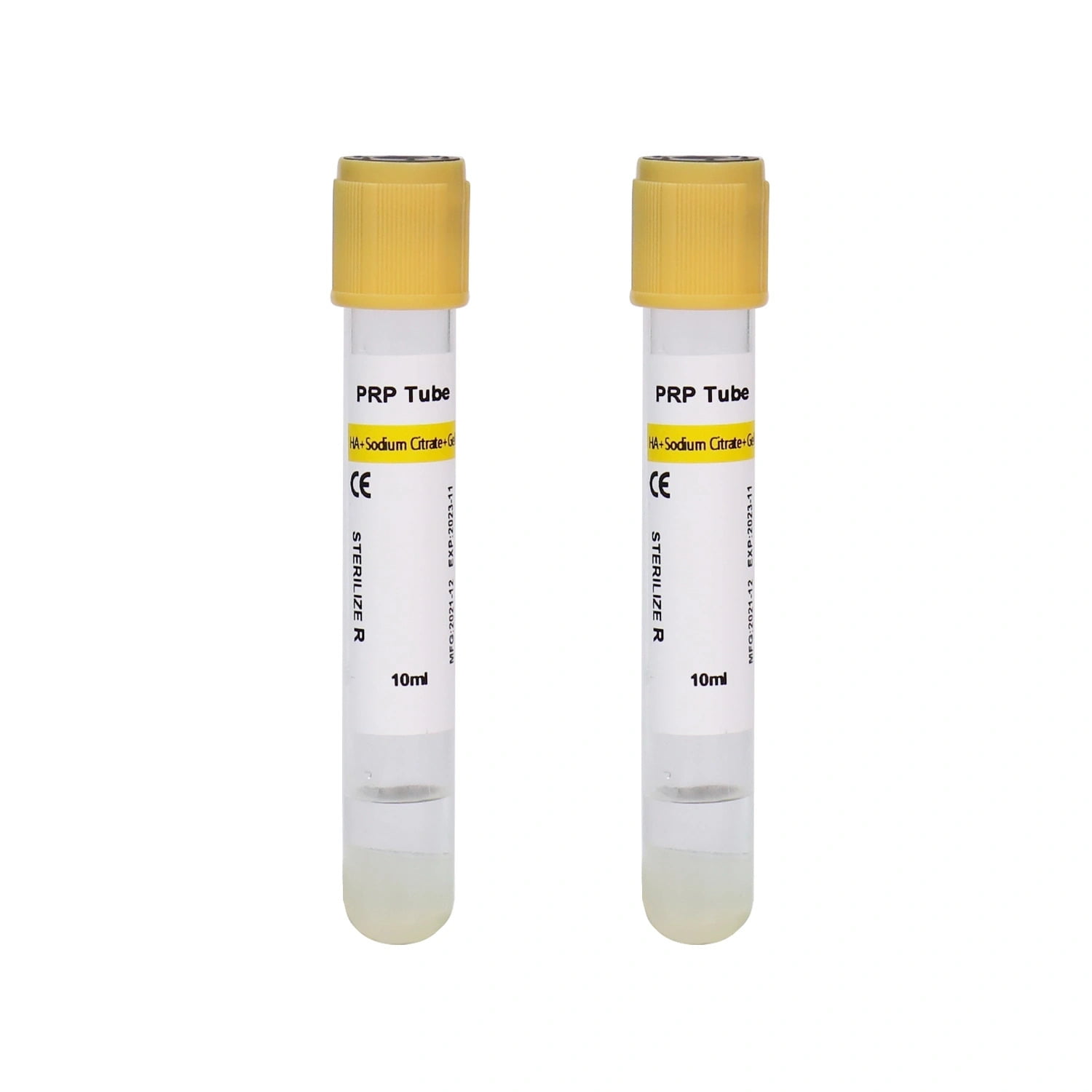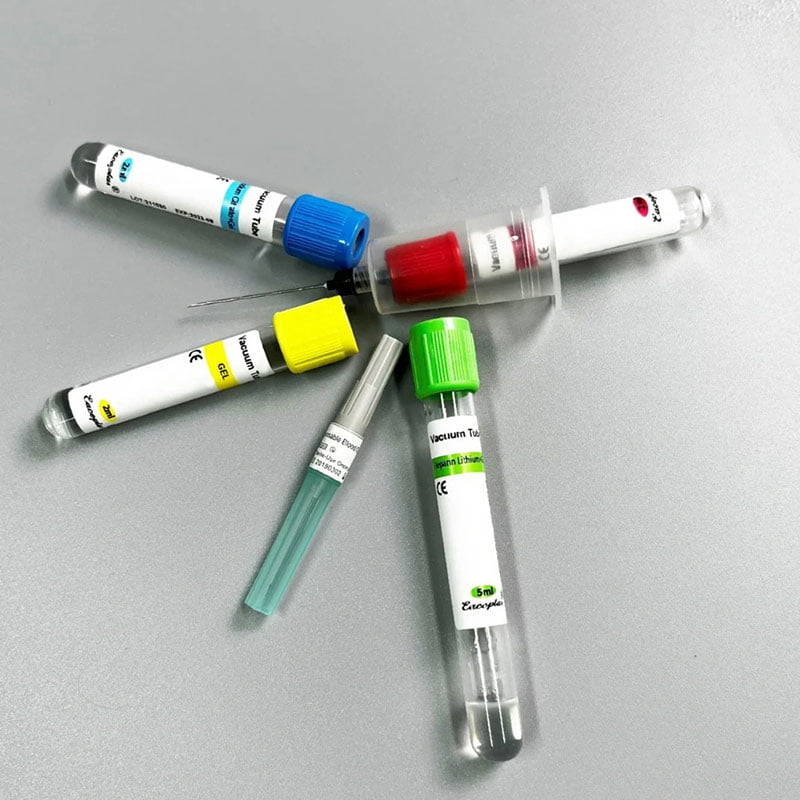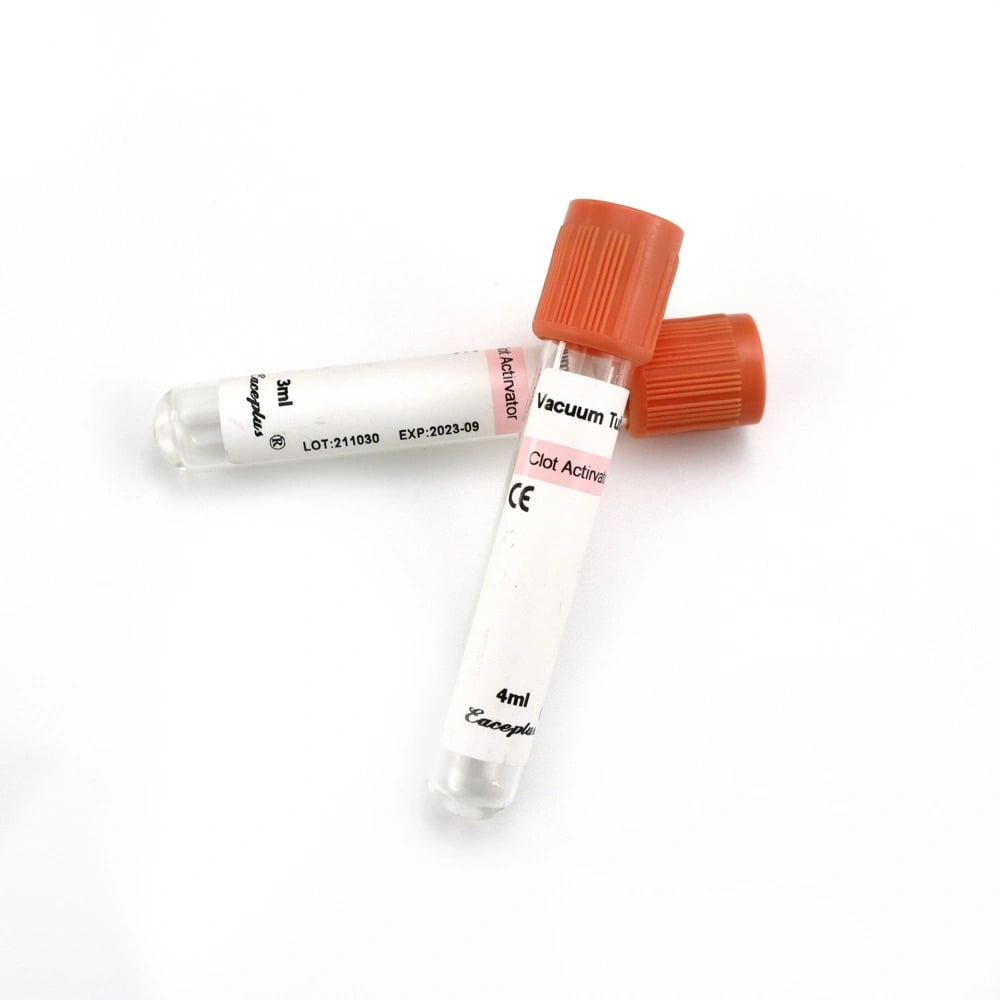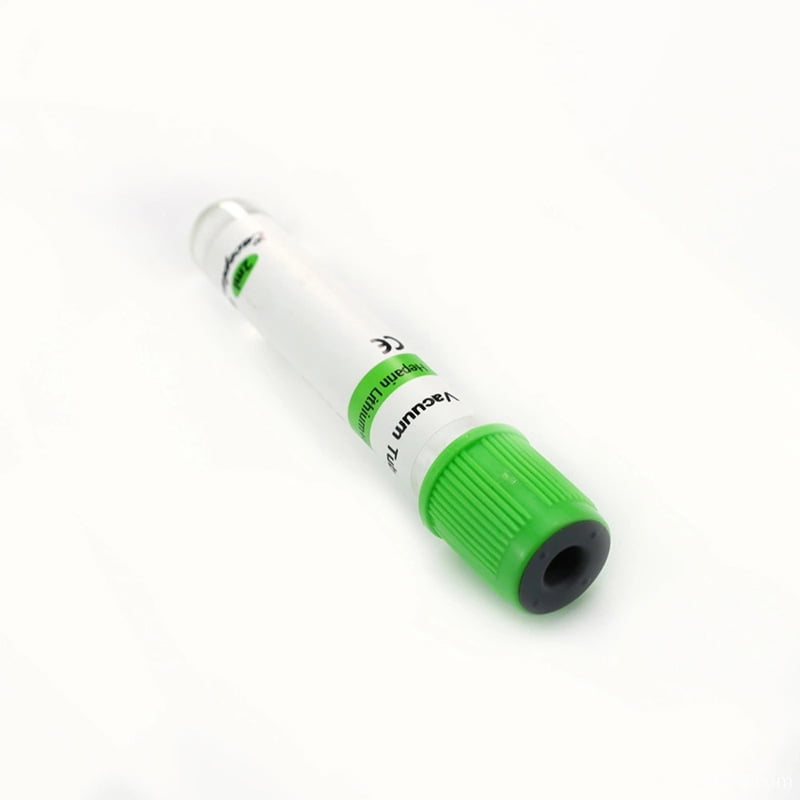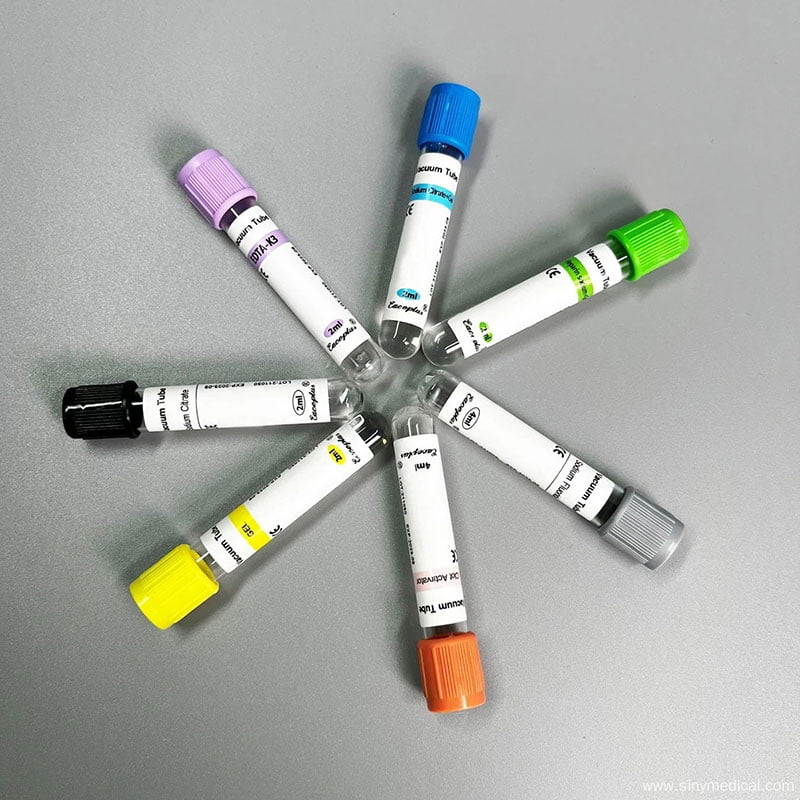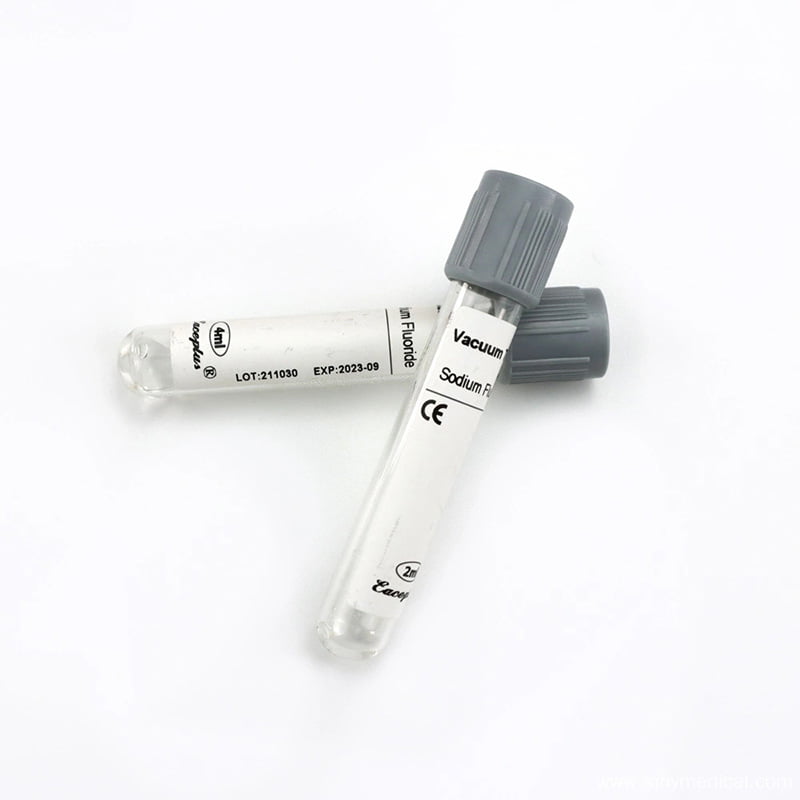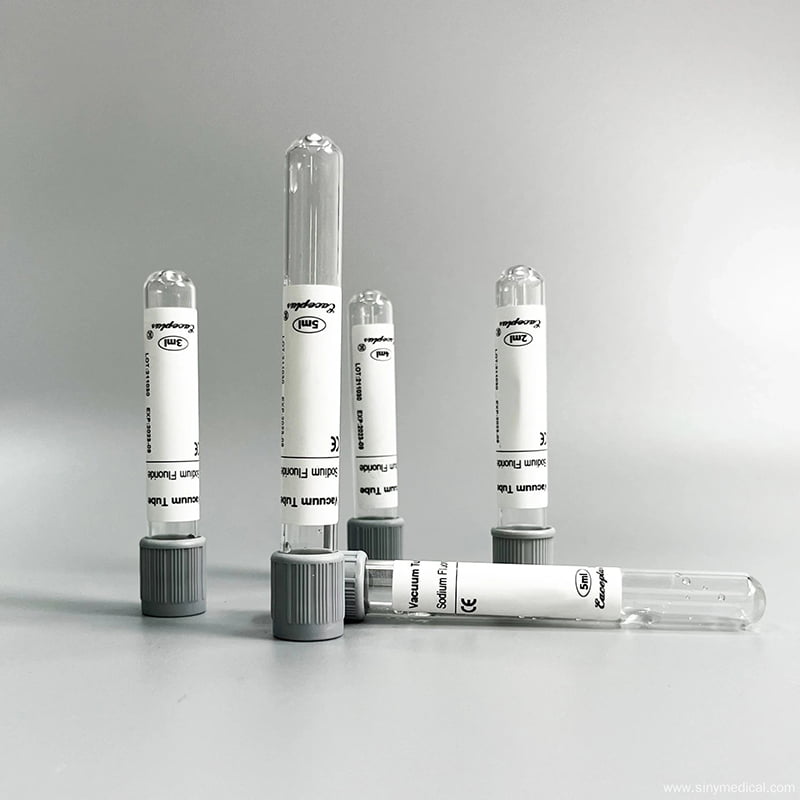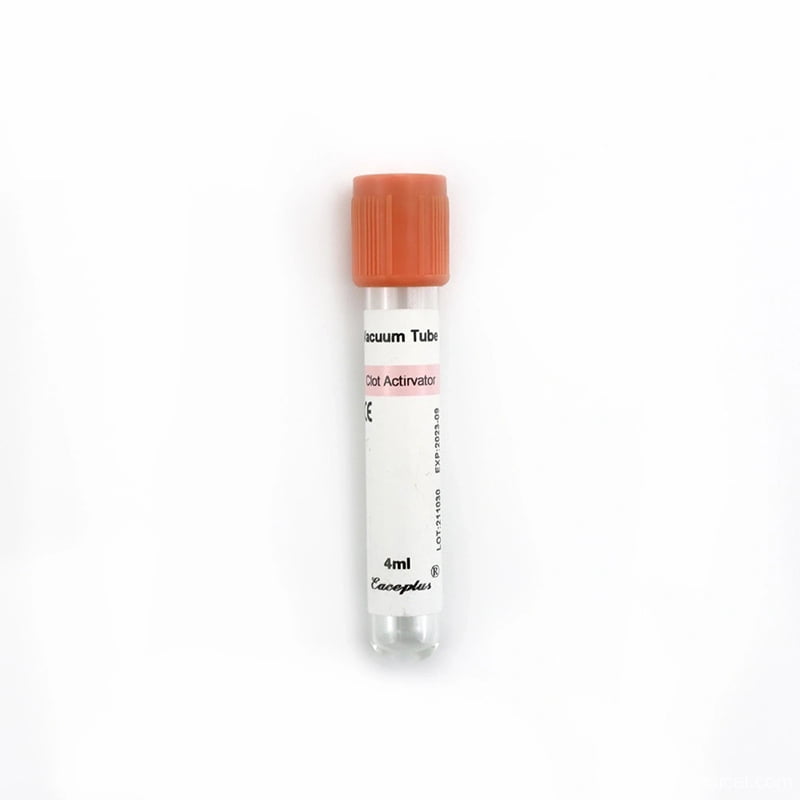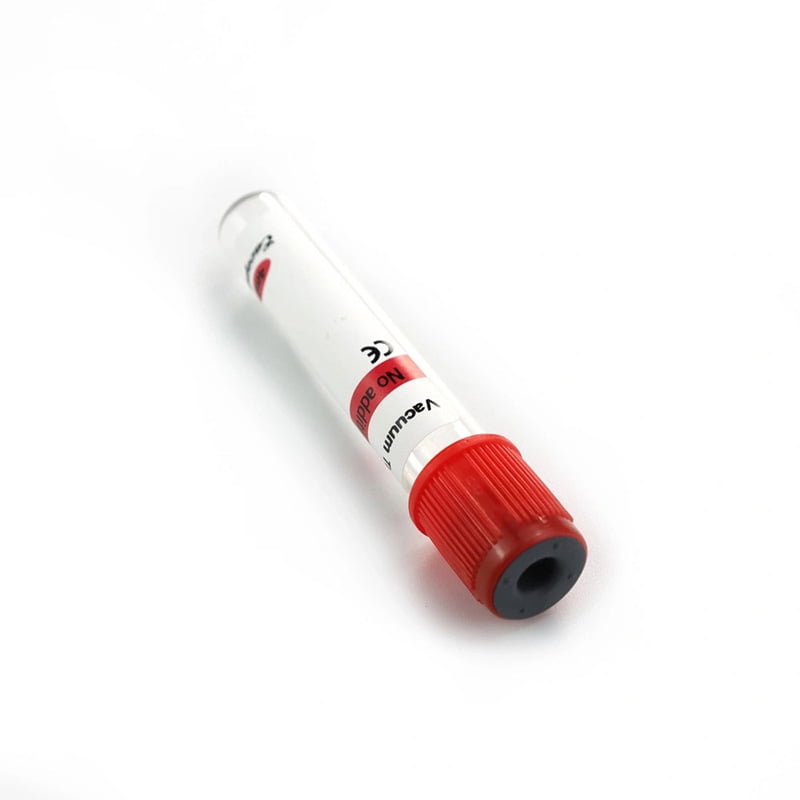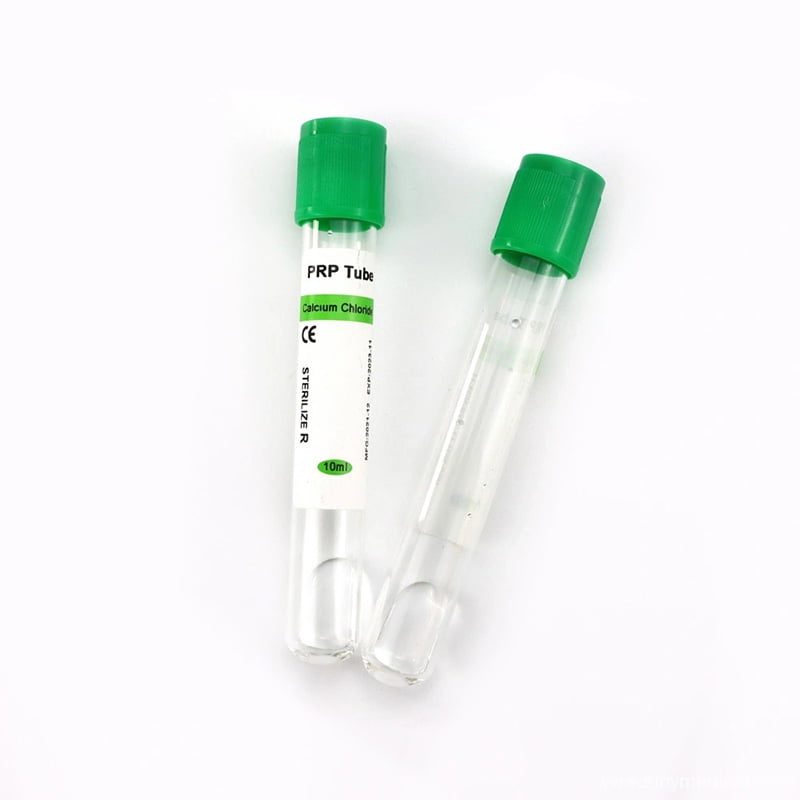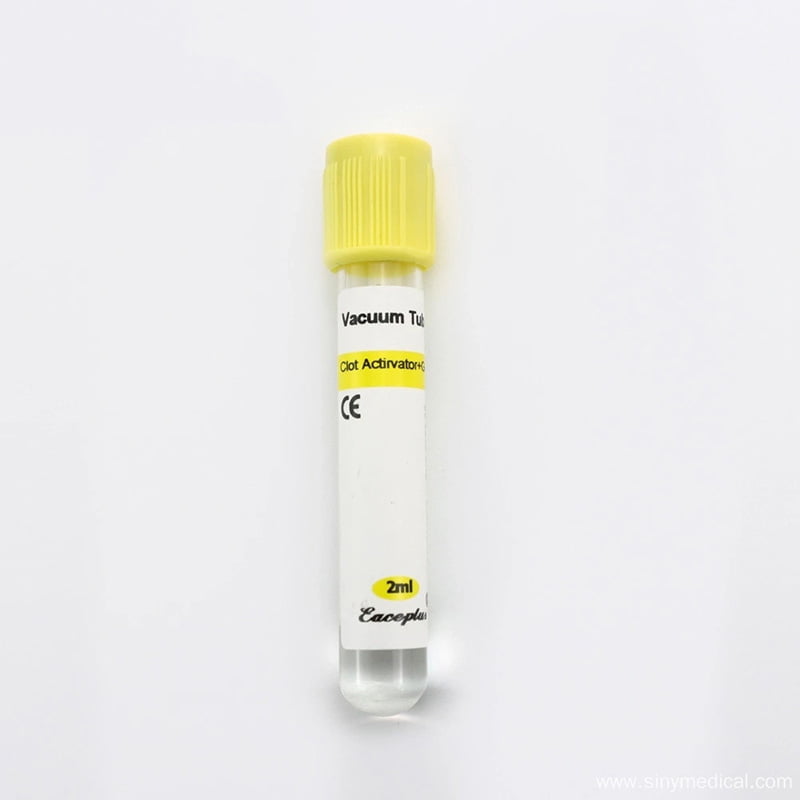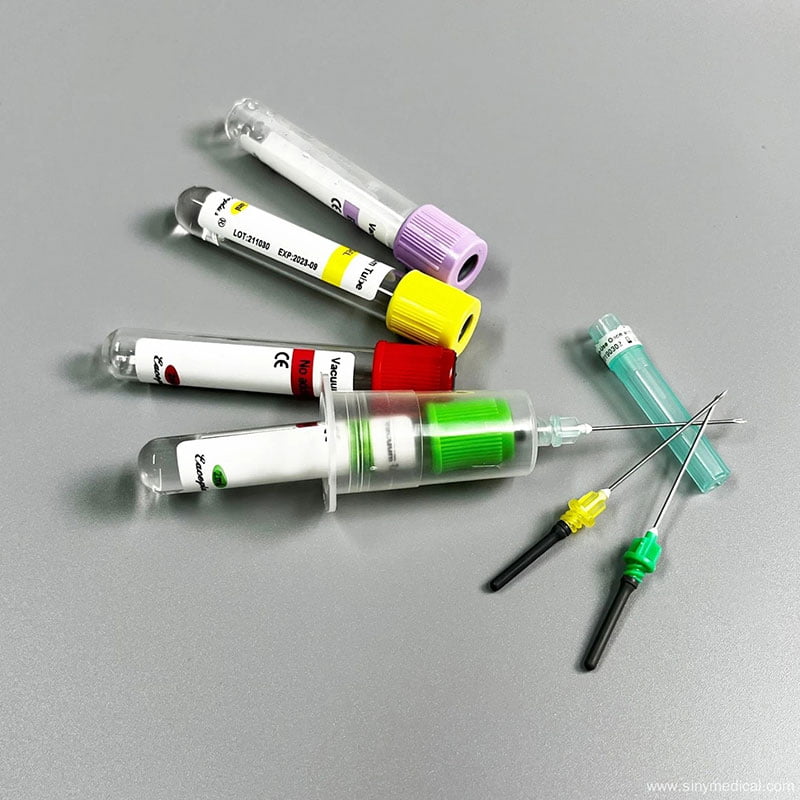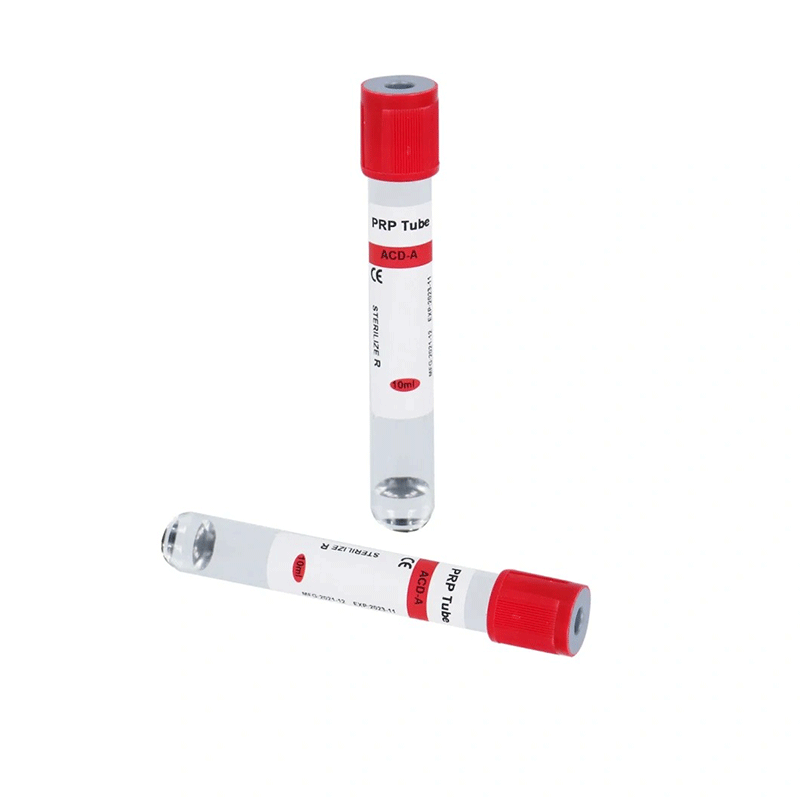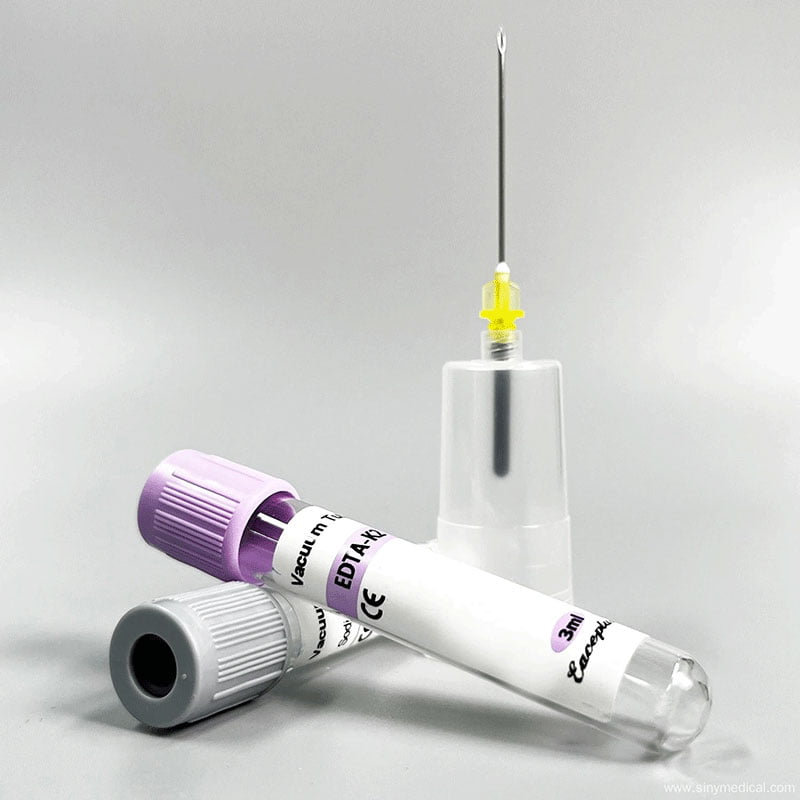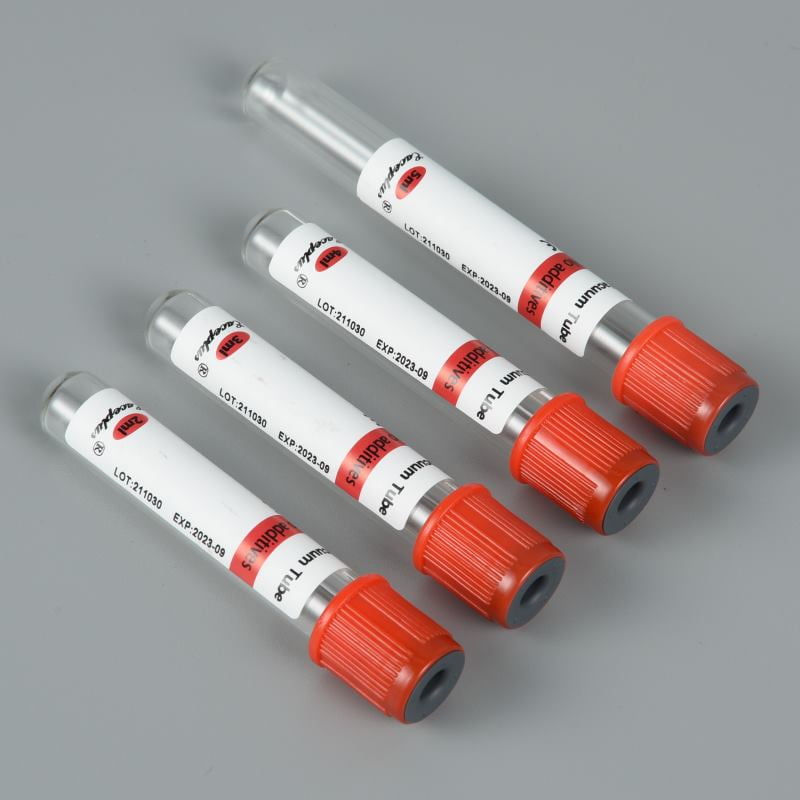Cell culture is a cornerstone of modern biological research, pharmaceutical development, and biotechnology. At the heart of this process lies a seemingly simple yet critical tool: the cell culture flask. These specialized containers provide a controlled environment for cells to grow, multiply, and thrive. In this comprehensive guide, we’ll explore the types, materials, applications, and best practices for using cell culture flasks, with insights tailored to researchers and industry professionals. For a curated selection of high-quality flasks, visit Siny Medical’s Cell Culture Flask Collection.
Table of Contents
Introduction to Cell Culture Flasks
Cell culture flasks are sterile vessels designed to support the growth of adherent or suspension cells under controlled conditions. They are engineered with specific surface treatments, ventilation systems, and ergonomic designs to optimize cell viability and experimental reproducibility. Whether you’re cultivating mammalian cells for drug testing or growing microbial cultures for industrial applications, choosing the right flask is paramount. Explore Siny Medical’s Cell Culture Flask Guide to understand how these tools align with your research needs.

Types of Cell Culture Flasks
T-Flasks (Tissue Culture Flasks)
The most common type, T-flasks, are named for their rectangular shape and graduated surface area (e.g., T-25, T-75, T-175). They feature a vented cap for gas exchange and are ideal for adherent cells like fibroblasts or epithelial cells. Browse T-flask options tailored for scalability.
Erlenmeyer Flasks
Used primarily for suspension cultures (e.g., insect or yeast cells), these conical flasks are paired with orbital shakers to ensure consistent nutrient distribution.
Spinner Flasks
Equipped with a magnetic stirrer, spinner flasks enhance oxygen transfer for high-density suspension cultures, common in vaccine production.
Roller Bottles
Cylindrical bottles rotated horizontally maximize surface area for large-scale adherent cell growth, such as in monoclonal antibody production.
Shake Flasks
Designed for microbial fermentation, these flasks combine aeration and agitation to support bacterial or fungal cultures.
For specialized applications, consider Siny Medical’s Tissue Culture Vessels.
Comparison table
| Flask Type | Description | Typical Use | Advantages | Disadvantages |
|---|---|---|---|---|
| T-Flask | Flat-bottomed with a neck | Adherent cell cultures | Easy to use, widely available | Limited surface area |
| Roller Bottle | Cylindrical, rotated | Suspension cells, large-scale | High yield, scalable | Requires rotation equipment |
| Spinner Flask | Stirring mechanism | Suspension cell cultures | Prevents clumping, good aeration | Complex setup |
| Multi-Layer Flask | Multiple stacked surfaces | Adherent cells, scale-up | Space-efficient, high output | Higher cost, technique-sensitive |
| Erlenmeyer Flask | Conical, used with shaking | Suspension cell cultures | Affordable, good mixing | Not suitable for adherent cells |
Materials and Manufacturing
Cell culture flasks are typically made from:
- Polystyrene (PS): Cost-effective and optically clear for microscopy. Surface-treated with plasma or collagen for cell adherence.
- Polyethylene Terephthalate (PET): High chemical resistance, ideal for harsh media conditions.
- Glass: Reusable and autoclavable, preferred for certain plant or microbial cultures.
Surface Treatments
- TC-Treated: Hydrophilic coatings for adherent cells.
- Ultra-Low Attachment: Hydrophobic surfaces for spheroid or suspension cultures.
Compare materials in our Cell Culture Plate Selection Guide.
Using Cell Culture Flasks
Sterility Maintenance
Always handle flasks in a biosafety cabinet to prevent contamination. Use filtered caps or sterile conditions when opening.
Proper Flask Handling
- Avoid overfilling the flask; it reduces gas exchange.
- Do not reuse disposable plastic flasks to avoid cross-contamination.
Cell Seeding Density
Ensure the correct cell-to-surface ratio for optimal growth. Overcrowding can lead to nutrient depletion and poor viability.
CO₂ and Temperature Control
Maintain appropriate CO₂ levels (5%) and a stable temperature of 37°C for mammalian cell cultures.
For high-quality cell culture plates and petri dishes, visit Siny Medical.
Proper Handling and Maintenance of Cell Culture Flasks
Even the best flask is useless without proper care. Here’s how to keep your cell culture on track.
Sterilization
Single-use flasks arrive sterile, sealed, and ready. For reusable glass flasks, autoclaving at 121°C for 15-20 minutes kills off contaminants. Always dry thoroughly to avoid microbial hotspots.
Storage
Store flasks in a clean, dry, dust-free area—sealed bags or cabinets work well. This prevents contamination before you even start.
HandlingAAA
Wear gloves, work in a laminar flow hood, and never touch the flask’s interior. Aseptic technique is non-negotiable in cell cultures.
Filling and Incubation
Don’t overfill—leave 20-30% headspace for gas exchange. Place flasks in an incubator set to your cells’ ideal temperature (usually 37°C) and CO2 level (often 5%). A clean, calibrated incubator is your ally.
Avoiding Common Pitfalls
Overfilling risks spills and contamination. Loose caps disrupt gas exchange. Dirty pipettes introduce invaders. Stay vigilant to keep your cultures pure.
Need sterile alternatives? Check out Siny Medical’s petri dishes for additional options.
Final Thoughts
Choosing the right cell culture flask is essential for successful experiments. Whether you’re working with adherent or suspension cells, selecting the appropriate flask ensures optimal growth and reproducibility.
For premium-quality cell culture flasks, visit Siny Medical today! Also, check out their Petri dishes and tissue culture vessels for complete cell cultures solutions. For more information, contact Siny Medica contact .
FAQ
Can I reuse disposable cell culture flasks?
Disposable polystyrene flasks are designed for single use to prevent contamination. Reusable glass flasks are a sustainable alternative.
How do I prevent evaporation in long-term cultures?
Use flasks with sealed caps or silicone gaskets. For humidified environments, vented caps are optimal.
What’s the difference between cell cultures plates and flasks?
Plates are ideal for small-scale experiments, while flasks suit larger volumes. Compare options in our Cell Culture Plate vs. Flask Guide.














